Family Brachionidae Higher classification Brachionidae Rank Genus | Order Plioma Scientific name Brachionus | |
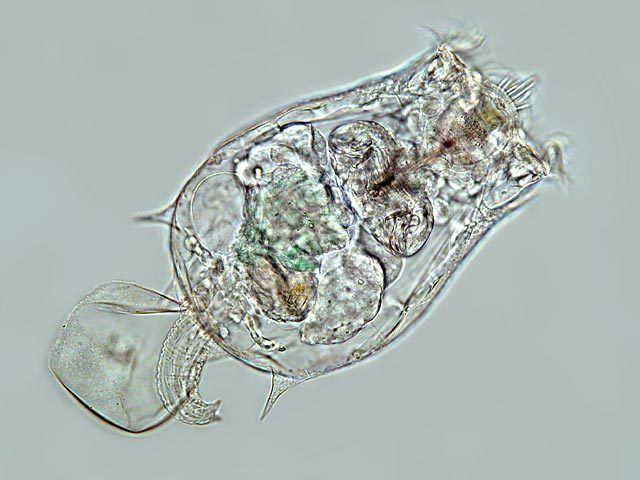 | ||
Similar Rotifer, Brachionus plicatilis, Brachionus calyciflorus, Monogononta, Asplanchna | ||
Dr g hotos lab greece rotifers brachionus plicatilis egg birth
Brachionus is a genus of planktonic rotifers occurring in freshwater, alkaline and brackish water.
Contents
- Dr g hotos lab greece rotifers brachionus plicatilis egg birth
- Rotifer brachionus falcatus wmv
- Species
- Use
- Reproduction
- Genome size
- Genome sequencing
- Cryptic species
- References
Rotifer brachionus falcatus wmv
Species
e.g.
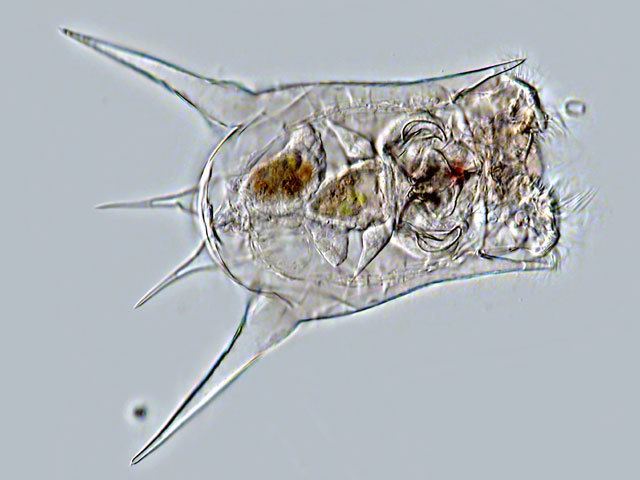
Use
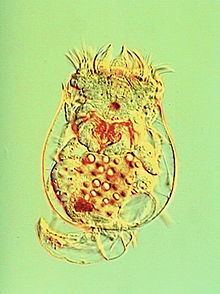
Rotifers such as Brachionus calyciflorus are favored test animals in aquatic toxicology because of their sensitivity to most toxicants. They also are used as model organisms in various other biological fields e.g. due to their interesting reproductive mode in evolutionary ecology. Brachionus spp. are easily reared in large numbers and because of this are used to substitute for wild zooplankton for feeding hatchery reared larval fish. However, the composition of rotifers generally does not satisfy the nutritional requirements of fish larvae, and large amounts of research have been invested in improving the lipid, vitamin and mineral composition of rotifers to better meet the requirements of fish larvae
Reproduction
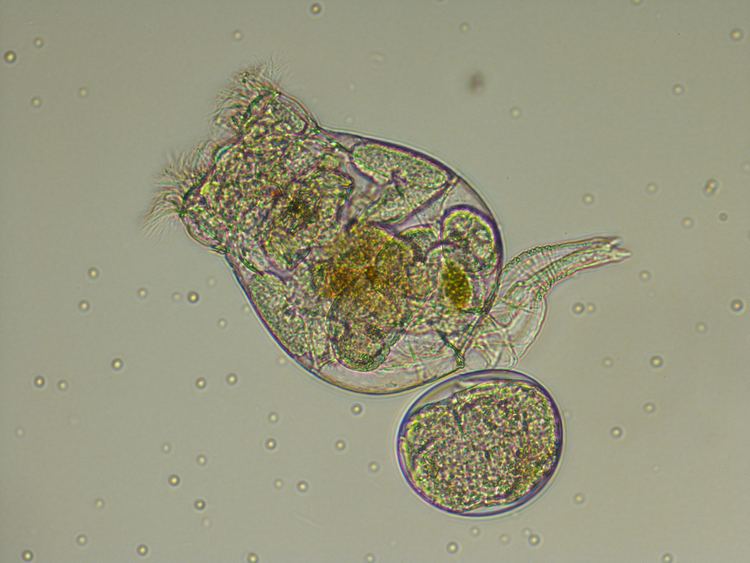
Brachionus species can normally reproduce sexually and asexually (cyclical parthenogenesis). Sexual reproduction (termed Mixis) is usually induced when population density increases. Mixis in Brachionus plicatilis has been shown to be induced by a density-dependent chemical cue.
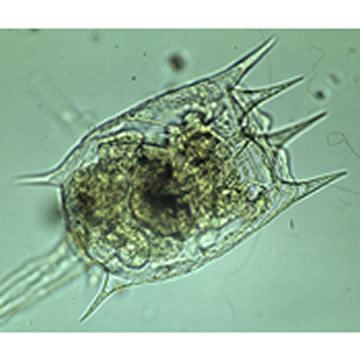
Transitions to obligate parthenogenesis have been described in Brachionus calyciflorus. In this species, obligate parthenogenesis can be inherited by a recessive allele, which leads to loss of sexual reproduction in homozygous offspring.
Genome size
Haploid '1C' genome sizes in Brachionus species range at least from 0.056 to 0.416 pg.
Genome sequencing
The complete mitochondrial genome of B. plicatilis sensu strictu NH1L has been sequenced.
Cryptic species
Brachionus plicatilis has been demonstrated to be a large cryptic species complex consisting of several different species. It has a worldwide diversity of at least 14 - 22 cryptic taxa.
Brachionus calyciflorus also seems to be a cryptic species complex.
